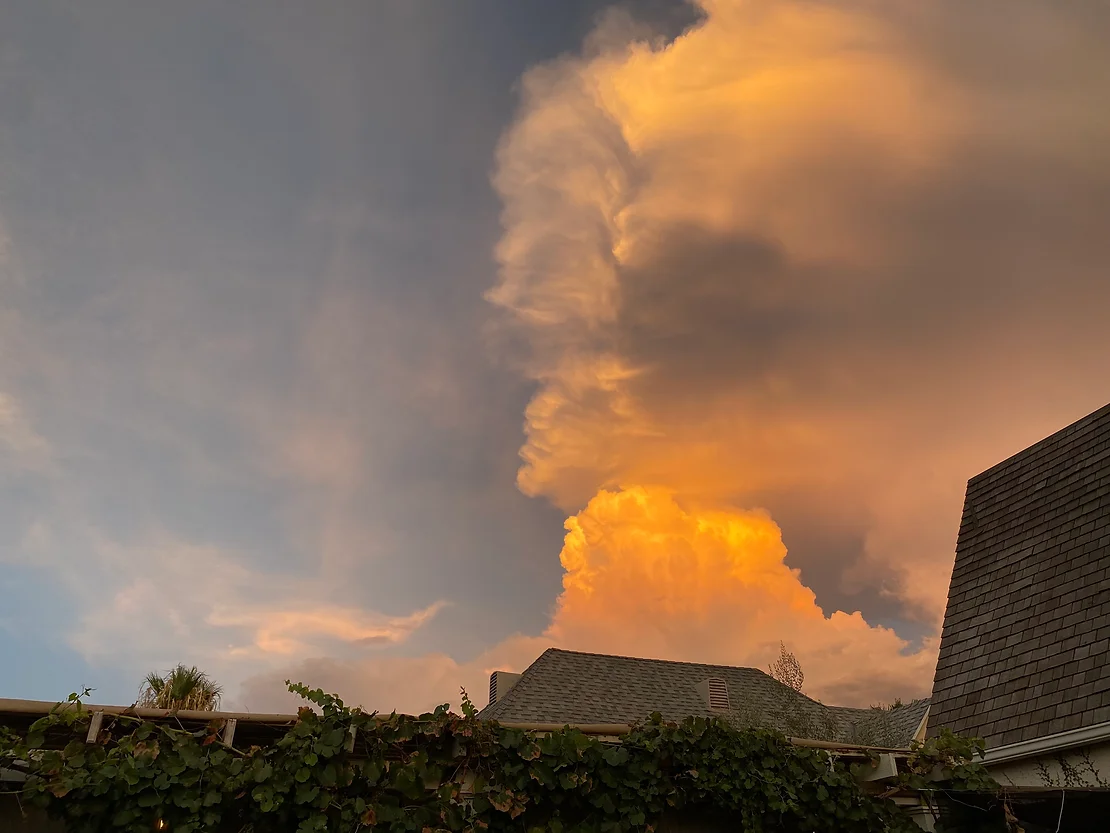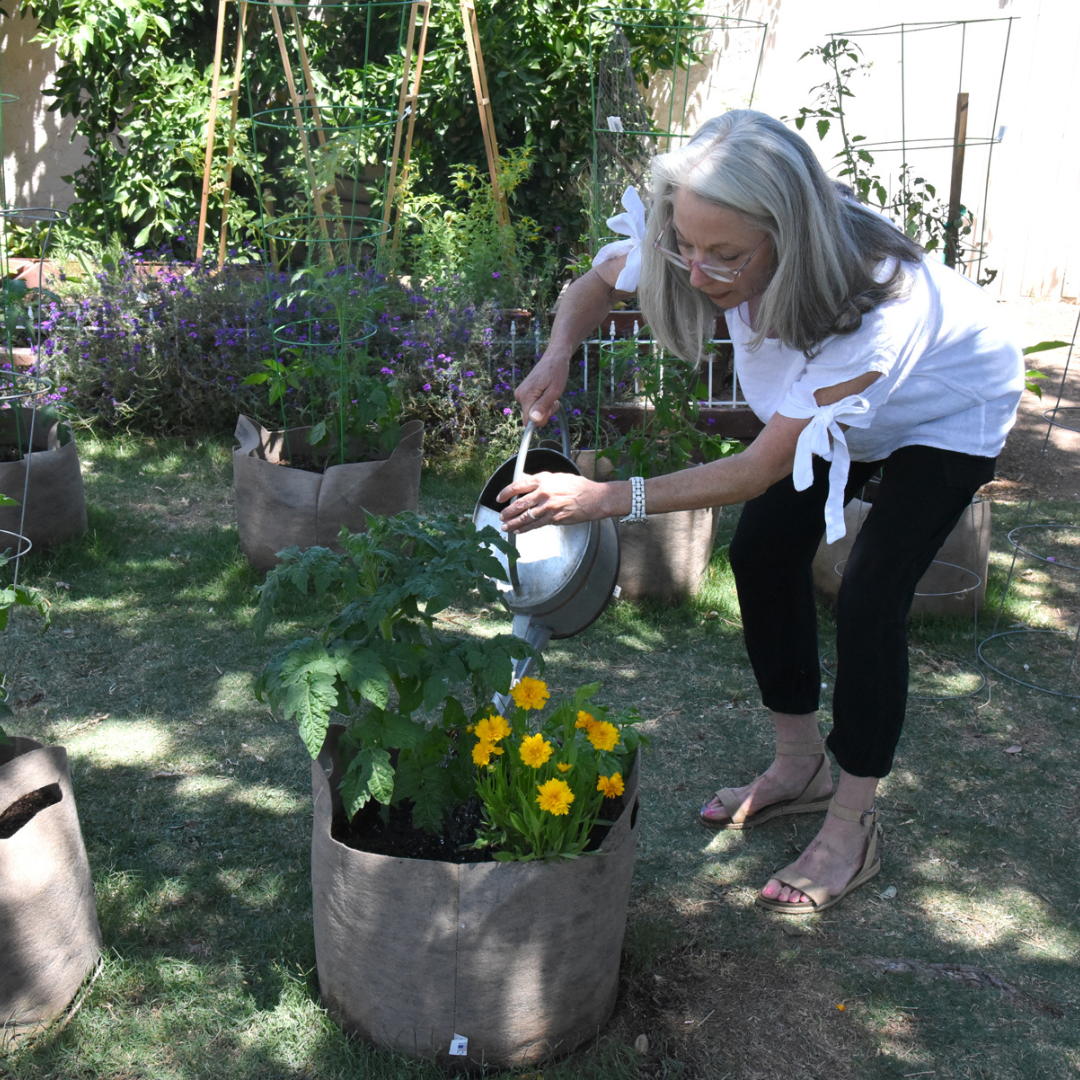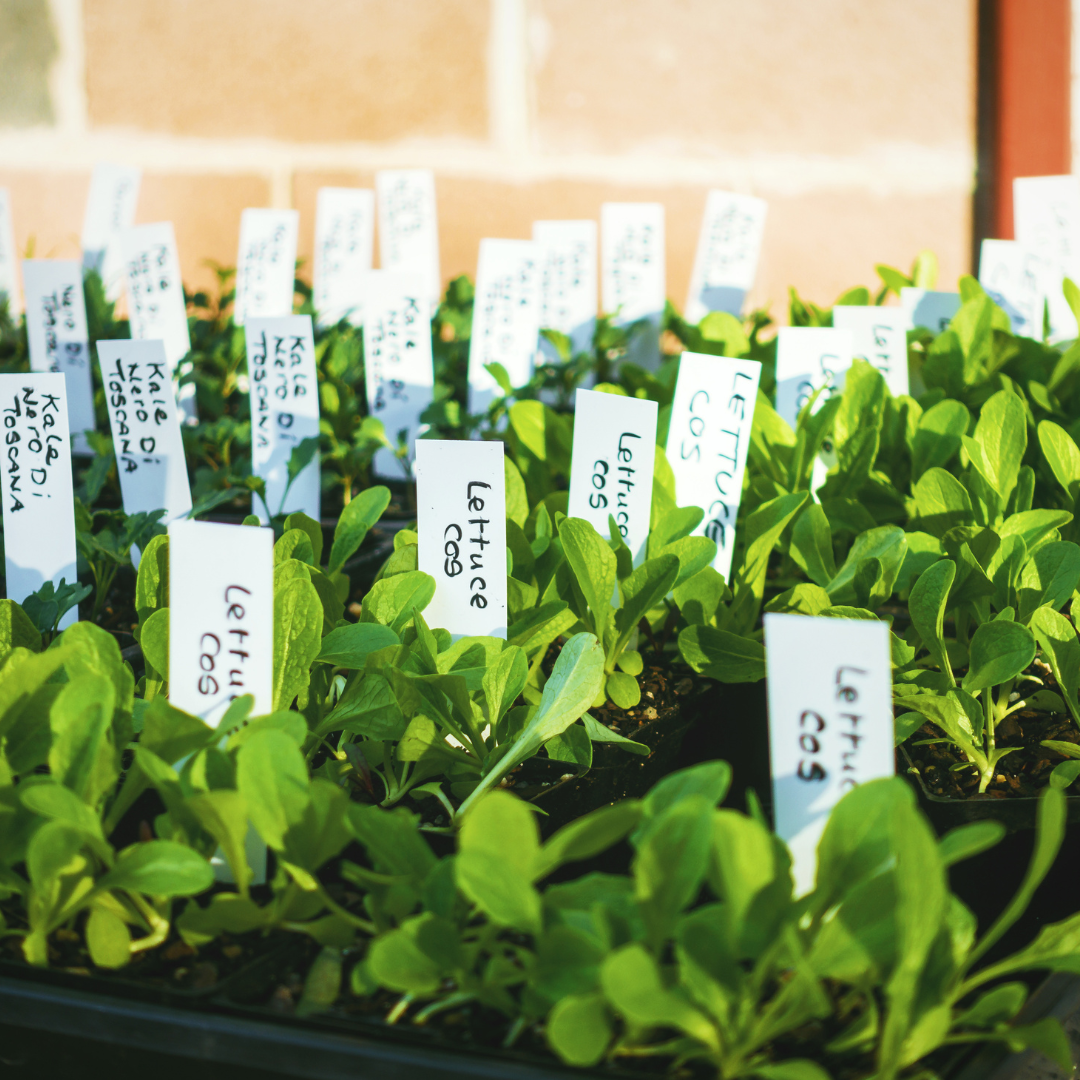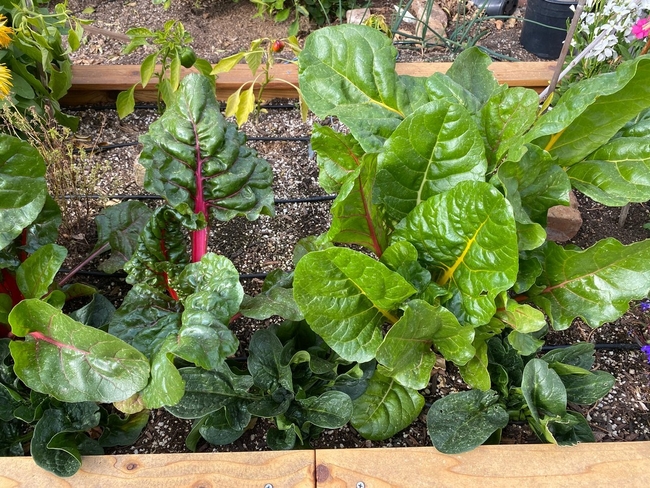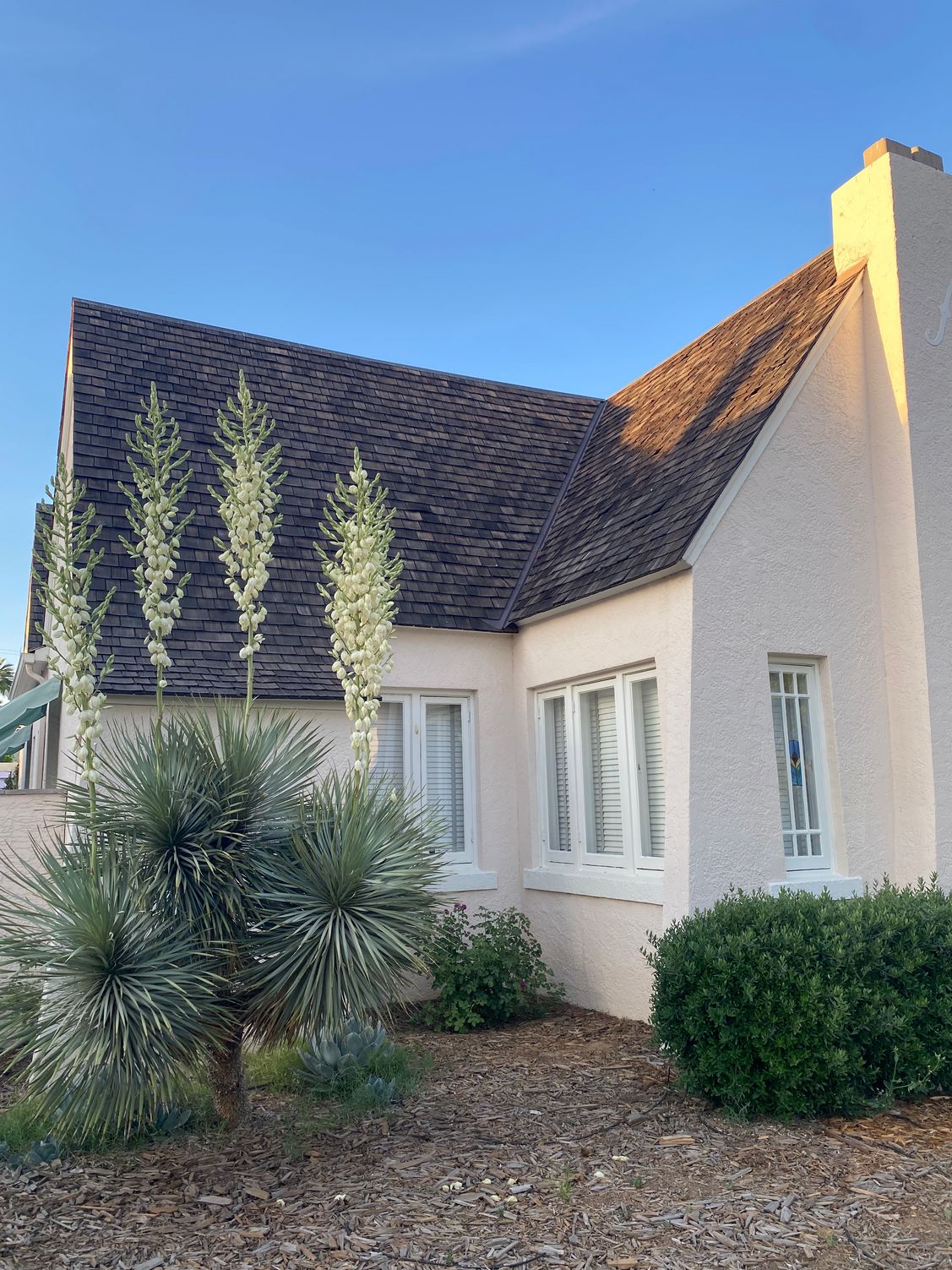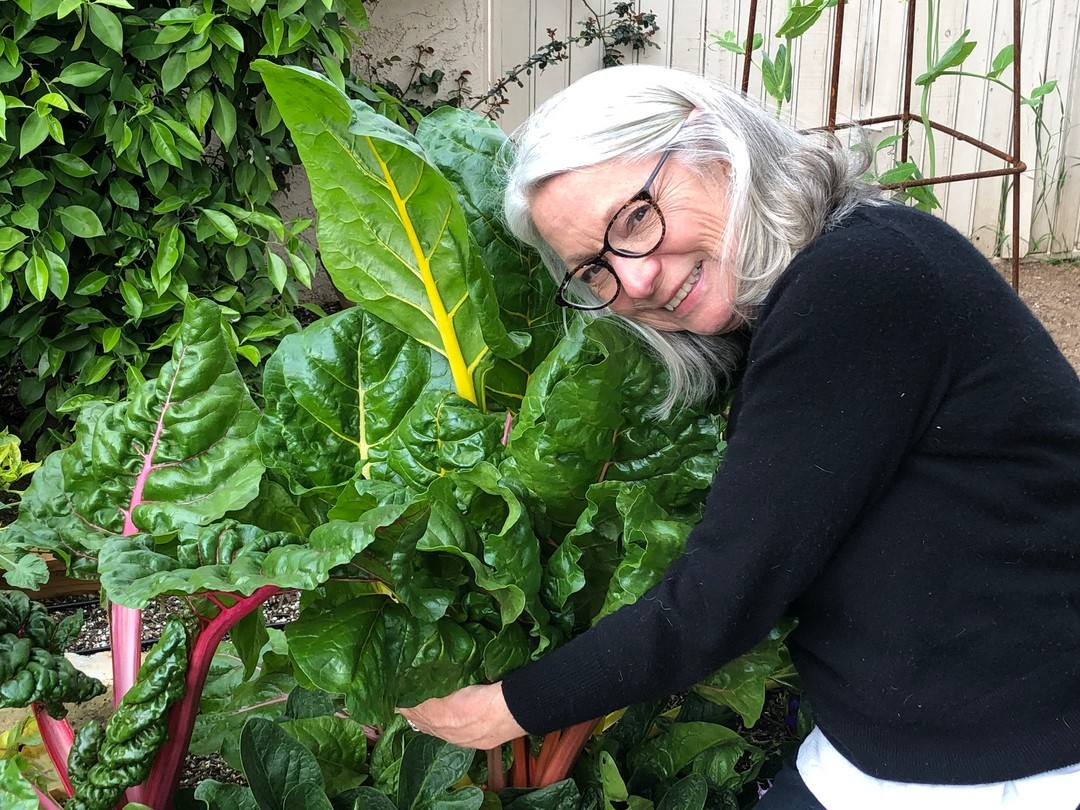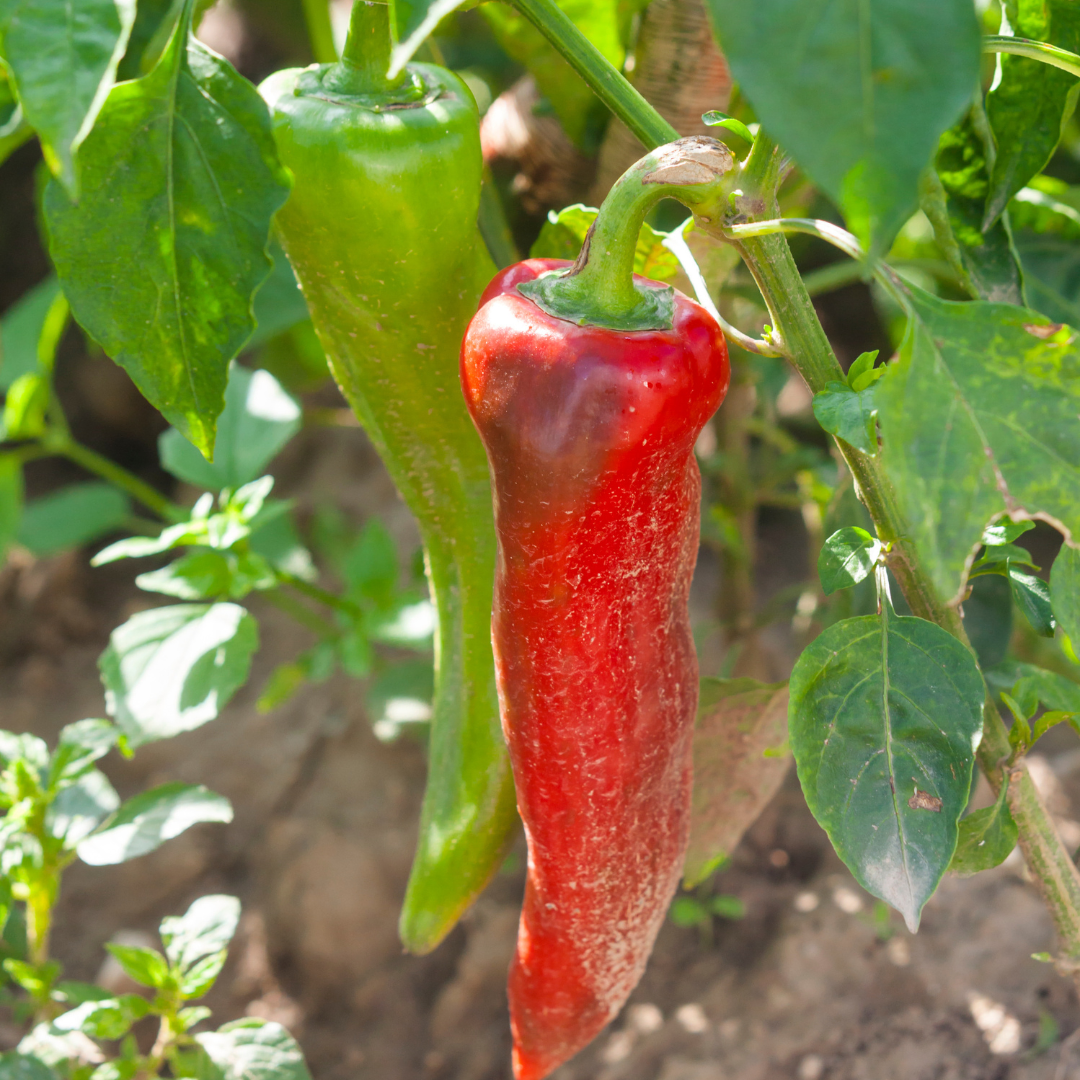It’s August in Phoenix and we’ve finally had an outstanding monsoon season! My plants have taken full advantage of all the water, humidity, and cooler weather this summer.
Fun Facts About Monsoon Season
Phoenix Monsoon begins in mid June and end in mid to late September. A desert monsoon is determined by a change of winds and 3 consecutive days of dew point at or above 55 degrees.
For those of you that want to geek out on weather and monsoon activity in Phoenix, ASU’s School of Geographical Sciences and Urban Planning has a great paper titled Basics of Arizona Monsoon and Desert Meteorology.

Monsoon clouds rolling over my garden
Planting for August
SQUASH, PUMPKINS AND GOURDS
In August in the low desert, you can transplant or directly sow squash, pumpkin, and gourd seeds into the garden now through September for harvesting before the first frost, usually around December 8th.

Lovely squash, pumpkins, and gourds
Varieties of summer squash, such as patty pan, zucchini, and yellow crookneck, will be ready to harvest within 60 days of planting. I’m starting zucchini again – unfortunately we were attacked by squash bugs this year!
SUNFLOWERS
Support healthy bee populations by planting pollen and nectar rich flowering plants, like sunflowers. You can sow seeds of sunflowers now for an autumn bloom.
PKG Tip:
Make sure to select sunflower varieties that are labeled “open-pollinated.” Otherwise, they may not produce the pollen that bees need.

Last years purple kale harvest
COOL-SEASON VEGETABLES
Once daytime temperatures remain below 100 degrees, you can safely add seed, root, leaf and stem crops into your garden. Chard, kale, spinach, leaf lettuce and mustard greens can be eaten as microgreens as soon as leaves are produced, or left to grow and harvested continuously. For continuous harvest, only pick the outermost leaves, leaving inner leaves to protect the growing crown of the plant.
PESTS
Pests like cucumber beetles, squash bugs, and whiteflies love cucurbits (cucumbers, squash, pumpkins, melon) and are active in late summer. I recommend guarding your new plantings with floating row covers until the first flowers appear.
PREPARE FOR FALL PLANTING
It’s time to pull up your sleeves and remove debris from old plants to provide space for new planting. Be sure to add organic compost to your raised beds, containers or gardens. You can also amend soil by mixing a 1-inch layer of composted manure into the top 4 inches to help healthy soil biology. For more information on soil, check out my Right Plant Right Place – Soil tips.
PRUNE STORM-DAMAGED TREES
Use clean, sharp tools to remove limbs that were broken during monsoon storms. Make all cuts at the point of the stem’s attachment without leaving a stub or coming too close to the trunk. Check out this Pruning Trees and Shrubs article form the University of Arizona for more instructions on how to make a proper pruning cut.
Wishing you all a happy and productive Fall!
I would love to help you cultivate your green thumb! To book a consultation, click the link on the PKG homepage or call 602-722-7971.
For more low desert garden tips, don’t forget to follow me on Instagram and Facebook!


